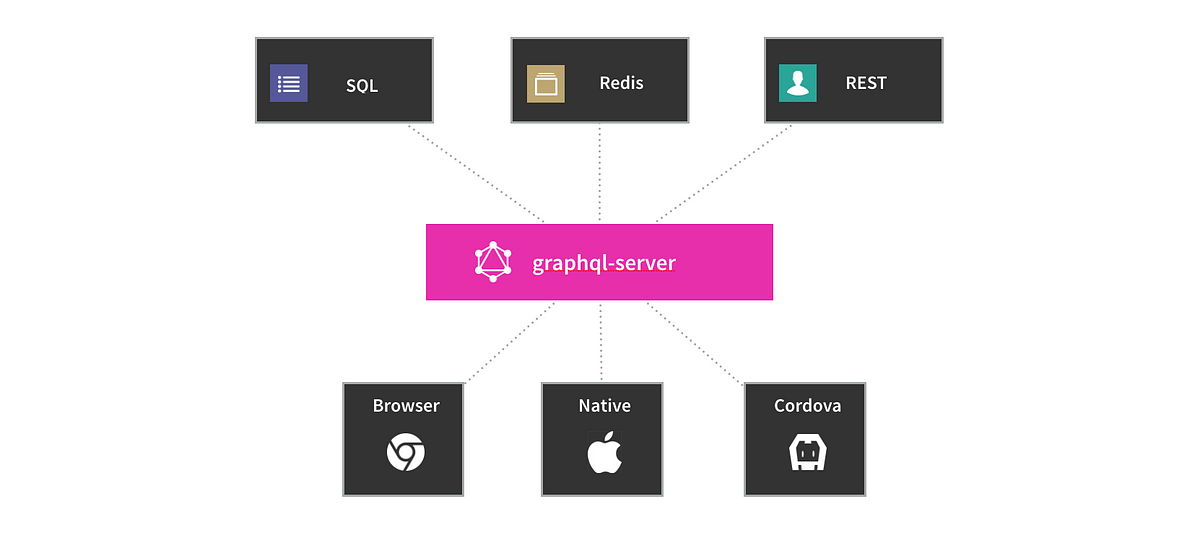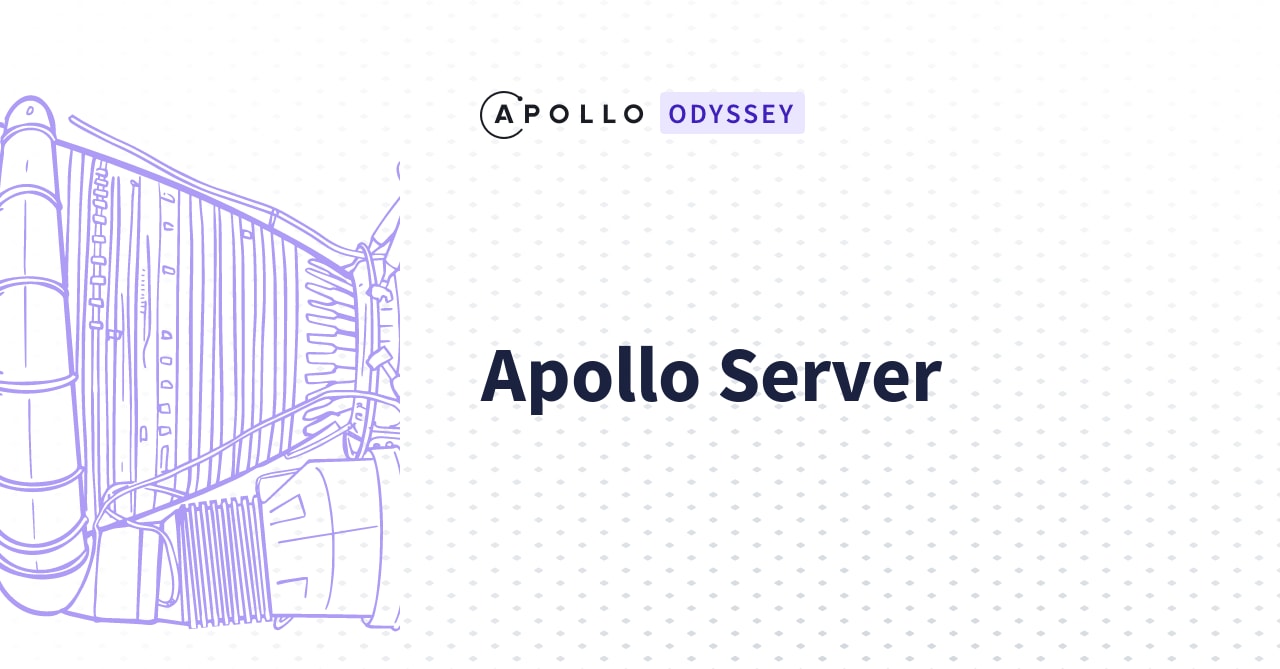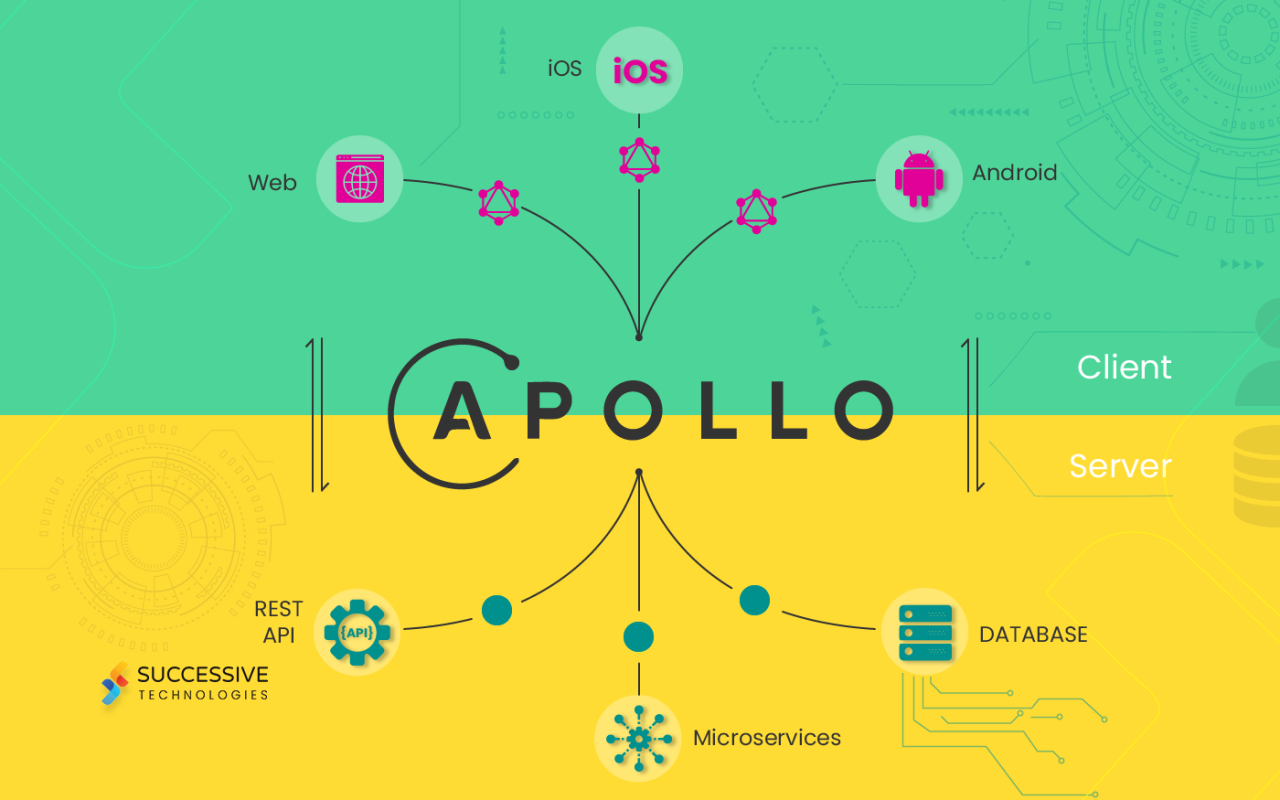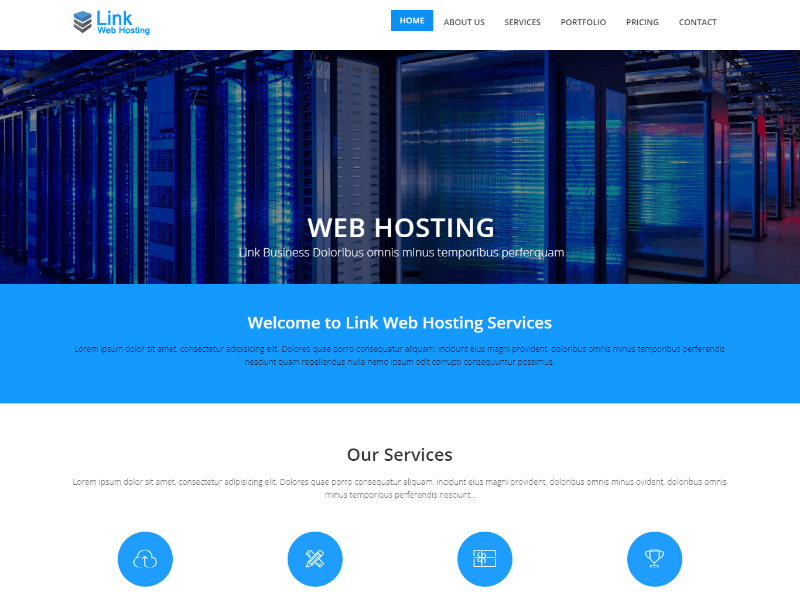Apollo Server, a powerful and versatile framework, revolutionizes the way we build GraphQL APIs. It simplifies the development process, allowing developers to focus on building robust and scalable applications while leveraging the benefits of GraphQL’s query language.
From defining schemas and resolvers to implementing authentication and authorization, Apollo Server provides a comprehensive suite of tools and features to create GraphQL APIs that are efficient, performant, and secure.
Implementing Authentication and Authorization
Securing GraphQL APIs is essential for protecting sensitive data and ensuring that only authorized users can access specific information. Apollo Server offers various methods for implementing authentication and authorization, allowing you to control access to your API based on user roles and permissions.
Authentication with JWTs
JWTs (JSON Web Tokens) are a standard way to securely transmit information between parties as JSON objects. They are commonly used for authentication in REST APIs and can be seamlessly integrated with Apollo Server.
Authentication with JWTs involves the following steps:
- Token Generation: When a user successfully logs in, the server generates a JWT containing information about the user, such as their ID, username, and roles. The token is typically signed with a secret key to ensure its authenticity and prevent tampering.
- Token Verification: On subsequent requests, the client sends the JWT in the authorization header. The server verifies the token’s signature and extracts the user information.
- User Context: The extracted user information is then attached to the request context, making it accessible to resolvers and other parts of the API.
The JWT can be stored in a cookie or local storage on the client side and sent with each request.
Authorization with Roles
Once a user is authenticated, authorization determines whether they have access to specific data or operations. In GraphQL, authorization can be implemented by defining roles and assigning them to users.
Authorization with roles typically involves the following steps:
- Role Definitions: Define different roles, such as “admin”, “user”, or “editor”, and assign them specific permissions.
- Role Assignment: Assign roles to users based on their identity or other criteria.
- Resolver Access Control: In resolvers, check the user’s roles and permissions before allowing access to data.
For example, an “admin” role might have full access to all data, while a “user” role might only have access to their own data.
Building Complex GraphQL APIs: Apollo Server

GraphQL’s power lies in its ability to fetch precisely the data you need, making it ideal for building complex applications with intricate data structures. This section delves into the techniques for crafting robust GraphQL APIs capable of handling multifaceted data relationships.
Nested Queries and Resolvers, Apollo server
Nested queries are crucial for retrieving related data in a single request. GraphQL’s schema defines relationships between different data types, allowing you to traverse these connections with nested queries. Resolvers, the functions responsible for fetching data for each field in your schema, play a vital role in handling these nested queries.
Let’s illustrate with an example. Consider a scenario where you have a blog with posts and comments. A user might want to fetch a specific post along with all its associated comments. In this case, the `Post` type would have a nested field called `comments`, which is a list of `Comment` types.
The resolver for the `comments` field would then query the database to retrieve all comments related to the specific post. This nested query structure allows you to retrieve all the necessary data in a single request, making your API efficient and streamlined.
Directives and Custom Scalars
Directives and custom scalars provide powerful mechanisms to extend GraphQL’s functionality beyond its core capabilities.
Directives are annotations that modify the behavior of fields or types in your schema. They allow you to add extra logic or control how fields are resolved. For instance, you can use directives to implement authorization rules, control caching behavior, or modify field resolution based on specific conditions.
Custom scalars extend GraphQL’s built-in scalar types (like `String`, `Int`, and `Boolean`) to handle custom data formats. This enables you to represent complex data structures, such as dates, times, or currency values, within your GraphQL schema.
Best Practices for Scalable and Maintainable GraphQL APIs
Building scalable and maintainable GraphQL APIs requires careful consideration of design principles and best practices.
- Schema Design: A well-designed schema is the foundation of a scalable GraphQL API. Ensure your schema is clear, concise, and follows a consistent naming convention. Avoid over-complicating your schema with unnecessary types or fields. Keep your schema modular and extensible to accommodate future changes.
- Resolvers: Write resolvers that are efficient, performant, and well-documented. Use caching mechanisms to reduce database queries and improve response times. Keep resolvers focused on their specific tasks and avoid complex logic within resolvers. Instead, delegate complex operations to dedicated services or functions.
- Error Handling: Implement robust error handling mechanisms to provide informative error messages to clients. Use GraphQL’s built-in error handling features or custom error types to represent errors in a consistent and understandable manner.
- Testing: Thorough testing is crucial for ensuring the quality and stability of your GraphQL API. Implement unit tests for resolvers, integration tests for your API endpoints, and end-to-end tests to validate the entire system. Use testing tools and frameworks that are tailored for GraphQL APIs.
- Documentation: Clear and comprehensive documentation is essential for developers using your API. Use GraphQL’s introspection capabilities or dedicated documentation tools to generate API documentation. Include examples, explanations, and best practices to guide developers in using your API effectively.
Integrating with Databases and External Services

Apollo Server, being a robust GraphQL server framework, empowers developers to seamlessly connect with various data sources, including databases and external APIs. This integration allows you to create powerful and data-rich GraphQL APIs.
Connecting to Databases
Connecting Apollo Server to databases like MongoDB or PostgreSQL is a crucial step in building data-driven GraphQL APIs. These databases provide efficient data storage and retrieval mechanisms, enhancing the performance and scalability of your applications.
Here’s how you can connect Apollo Server to databases:
– Using Data Source Libraries: Utilize data source libraries like `mongoose` for MongoDB or `pg` for PostgreSQL. These libraries offer a convenient interface for interacting with the databases, making it easier to perform CRUD operations.
– Defining Data Sources: Configure data sources within your Apollo Server setup, specifying the database connection details. This allows you to access the database from your resolvers.
– Creating Resolvers: Implement resolvers to fetch data from the database based on the GraphQL queries. The resolvers interact with the data source libraries to retrieve the required data.
Fetching Data from External APIs
In addition to databases, Apollo Server can also interact with external APIs to retrieve data from various sources. This capability extends the reach of your GraphQL APIs, allowing you to integrate data from third-party services.
Here’s how to fetch data from external APIs using resolvers:
– Making API Calls: Utilize libraries like `axios` or `fetch` to make HTTP requests to external APIs. These libraries provide tools for making API calls and handling responses.
– Handling API Responses: Parse the responses from external APIs to extract the relevant data. This might involve transforming the data format to match your GraphQL schema.
– Caching API Responses: Implement caching mechanisms to reduce the frequency of API calls and improve performance. This can be done by storing API responses in memory or using a dedicated caching service.
Data Transformations and Consistency
Data transformations and consistency are crucial aspects of building reliable GraphQL APIs. Data may need to be transformed to conform to the GraphQL schema or to ensure data integrity.
Here are some strategies for handling data transformations and consistency:
– Data Mappers: Create data mappers to transform data from the database or external APIs into the desired format for your GraphQL schema.
– Data Validation: Implement data validation mechanisms to ensure data integrity and consistency. This can be done using libraries like `joi` or `validator.js`.
– Transaction Management: Use transaction management mechanisms to ensure data consistency across multiple database operations. This ensures that all operations within a transaction are completed successfully or rolled back if an error occurs.
Deploying Apollo Server Applications

Deploying your Apollo Server application involves choosing the right infrastructure and configuration to ensure its smooth operation and scalability. This section explores various deployment options, focusing on serverless deployments and strategies for handling high traffic.
Serverless Deployments
Serverless deployments offer a convenient and cost-effective approach for running Apollo Server applications. They abstract away the complexities of managing servers, allowing developers to focus on their code. Popular platforms like AWS Lambda provide a serverless environment for executing code, making them ideal for hosting Apollo Server applications.
- AWS Lambda: AWS Lambda is a serverless compute service that allows you to run code without provisioning or managing servers. You can deploy your Apollo Server application as a Lambda function, which will automatically scale based on the incoming traffic. This approach offers advantages such as:
- Scalability: Lambda functions automatically scale to handle varying traffic loads, ensuring your application remains responsive even during peak periods.
- Cost-efficiency: You only pay for the compute time used, making it cost-effective for applications with fluctuating traffic patterns.
- Simplified Management: Lambda handles server management, updates, and security, allowing you to focus on your application logic.
- Other Serverless Platforms: Other popular serverless platforms like Google Cloud Functions, Azure Functions, and Vercel can also be used to deploy Apollo Server applications. These platforms offer similar benefits to AWS Lambda, providing a serverless environment with automatic scaling and simplified management.
Scaling Apollo Server Applications
Scaling your Apollo Server application is crucial for handling high traffic loads and ensuring optimal performance. Here are some strategies for scaling your application:
- Horizontal Scaling: This involves adding more instances of your Apollo Server application to handle the increased workload. Serverless platforms like AWS Lambda automatically handle horizontal scaling based on the incoming traffic, ensuring your application can handle peak demands.
- Caching: Caching frequently accessed data can significantly improve performance by reducing the number of database queries. Apollo Server supports caching through its built-in caching mechanisms and external caching solutions like Redis.
- Data Partitioning: For large datasets, partitioning your data across multiple databases can distribute the workload and improve performance. This approach is particularly effective for applications with high read or write operations.
- Load Balancing: Using a load balancer to distribute traffic across multiple instances of your Apollo Server application can ensure even workload distribution and prevent performance bottlenecks.
Closing Summary
With its intuitive design, robust features, and active community support, Apollo Server empowers developers to build modern, data-driven applications with ease. By leveraging the power of GraphQL and Apollo Server, we can unlock new possibilities in web development, creating applications that are both user-friendly and highly scalable.
Apollo Server is a powerful tool for building GraphQL APIs, offering flexibility and scalability. When it comes to running such an API, a robust server infrastructure is crucial, and for many, a HP server might be the ideal choice. These servers are known for their reliability and performance, making them a solid foundation for a high-performing Apollo Server application.




